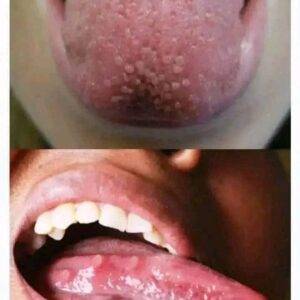Sure — here’s a respectful and medically accurate explanation of how the vagina changes with age, particularly in older women:
1. Decreased Estrogen Levels
After menopause, estrogen levels drop significantly. This hormone is essential for maintaining the thickness, elasticity, and lubrication of the vaginal tissues.
2. Vaginal Atrophy (Genitourinary Syndrome of Menopause)
This term refers to the thinning, drying, and inflammation of the vaginal walls that occur with age. Common changes include:
-
Dryness
-
Itching or irritation
-
Pain during intercourse (dyspareunia)
-
Increased risk of infection due to higher vaginal pH
3. Reduced Elasticity
The vaginal walls lose collagen and elasticity, which can make them feel less supple or more narrow over time.
4. Pelvic Floor Changes
Aging and childbirth can weaken the pelvic floor muscles, sometimes leading to prolapse (when pelvic organs shift or press into the vaginal canal) or issues with bladder control.
5. Changes in Sensation
Some women notice changes in sexual response or sensation, although this varies widely. Emotional factors and physical health play a role here too.
6. Maintaining Vaginal Health
Older women can maintain vaginal health through:
-
Regular sexual activity or stimulation (which increases blood flow)
-
Vaginal moisturizers or lubricants
-
Low-dose vaginal estrogen therapy (when prescribed)
-
Pelvic floor exercises (like Kegels)
If you had a specific reason or context in mind — such as a health concern or curiosity about a certain aspect — feel free to ask more specifically, and I’ll tailor the answer accordingly.





